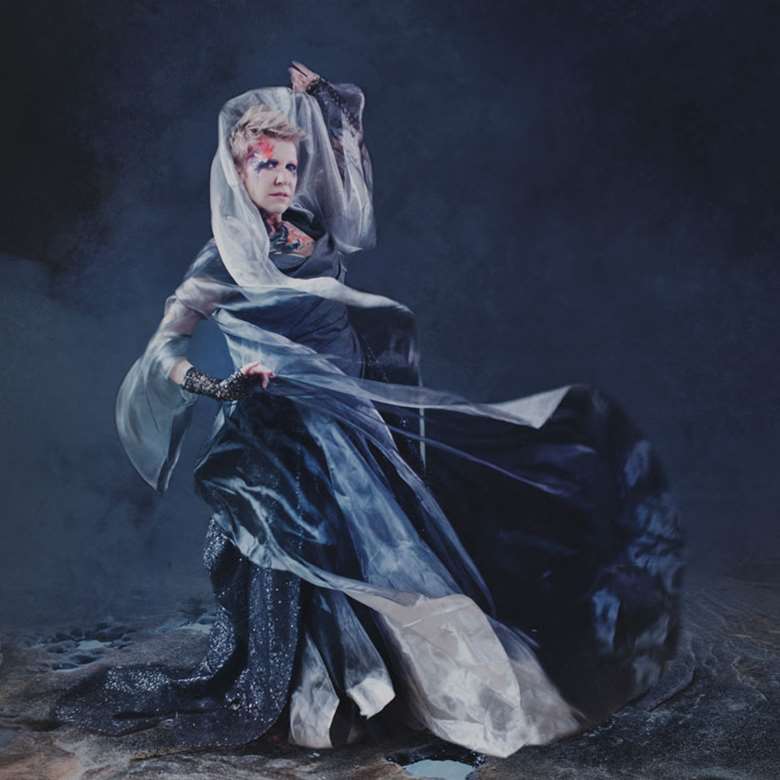Joyce DiDonato – harmony through music
James Jolly
Friday, September 1, 2017
James Jolly attended the recording sessions of Joyce DiDonato's 2017 Gramophone Award-winning album 'In War and Peace'...

Register now to continue reading
Thanks for exploring the Gramophone website. Sign up for a free account today to enjoy the following benefits:
- Free access to 3 subscriber-only articles per month
- Unlimited access to our news, podcasts and awards pages
- Free weekly email newsletter








